Vascular dementia is a relatively unknown condition, but you will be surprised to know that more and more people are capitulating to this disease. Many people confuse Alzheimer’s and vascular dementia, but they are two different conditions. However, what is common between them are their contributing factors. Vascular dementia is a general term describing problems with reasoning, planning, judgment, memory and other thought processes caused by brain damage from impaired blood flow to your brain.
The chief reasons which lead to the development of vascular dementia symptoms are a poor diet, which can also lead to a number of lifestyle disorders such as diabetes, high cholesterol, and hypertension. These are predominantly a result of an inflammatory diet and lifestyle.
It is important to be aware of the early signs of vascular dementia. At the beginning, you may notice carotid intima-media thickness and or arterial stiffness. This and some other signs lead to more pronounced symptoms.
Vascular Dementia Stages – What leads to the Formation of Symptoms?
How do you land up with the condition? You can develop vascular dementia when a stroke blocks an artery in your brain, but strokes are not the sole cause of vascular dementia. A stroke’s severity and the location are what decide the impact on your thinking and reasoning. Vascular dementia may also be the result of other conditions that damage blood vessels, and also reduce circulation, which deprives your brain of both vital oxygen and nutrients.
There are several factors that increase your risk of heart disease and strokes, these are high blood pressure, high cholesterol, and smoking. Once you are able to control these factors, you will be able to help lower your chances of developing the condition in the first place.
Vascular Dementia Symptoms
Vascular dementia symptoms vary from person to person, they depend on the part of your brain where the blood flow gets impaired. Symptoms often mimic other symptoms of dementia, such as Alzheimer’s disease.
Vascular dementia symptoms may become more apparent after a stroke. The changes in your thinking and reasoning are clearly linked to a stroke, this condition is then known as post-stroke dementia.
Another very curious pattern of vascular dementia symptoms is that it generally follows a series of strokes or mini-strokes. This pattern brings changes in your thought processes in noticeable steps. There is no gradual and steady decline like Alzheimer’s disease, rather the changes are sudden and drastic.
But there are other types of vascular dementia, which can develop very gradually, almost like Alzheimer’s disease. In some cases, the two conditions, vascular dementia and Alzheimer’s, often occur together.
Studies have revealed that the people with dementia symptoms have certain changes which are characteristic of more than one type. Some doctors label this condition as mixed dementia.
Vascular Dementia Symptoms Include the following,
- Confusion
- Sudden reduction of ability to organize thoughts or actions
- Having trouble paying attention and concentrating
- A sudden drop in the ability to analyze a situation, develop a fruitful plan and communicate and transfer the ideas and plan to others
- Difficulty in taking decisions and inability to understand the next step of action
- Problems with memory
- Unstable gait
- Restlessness and agitation
- Experiencing sudden urge to urinate and having trouble urinating.
- Depression
While this article is mostly about the neuroprotective impact of acupuncture, it is also true that an appropriate dietary protocol can also help the patient recover faster. Research has proved time and again that diet plays an important role, whether you want to prevent the symptoms of the disease or even reverse the symptoms.
Acupuncture for Dementia – How does the Treatment Help?
Acupuncture provides a large range of effects, which include the systematic reduction of inflammation and promotion of circulation, among other things. Though it is still not clear exactly how acupuncture initiates the healing process, most patients hardly care as they are just happy over the fact that the treatment is working.
Several types of research conducted in the Beijing Hospital of Traditional Chinese Medicine and the Beijing University of Chinese Medicine have shown that through great many tests such as the Morris water maze for detecting the neuroprotective effects and detecting levels of DNA oxidation for the oxidative stress aspects, researchers wanted to find out whether acupuncture could mimic a similar effect of TXNIP inhibition. Now, what is TXNIP?
TXNIP, more elaborately known as Thioredoxin-interacting protein, is in plain terms a kind of switch which sets the ball rolling for the destructive processes present in vascular dementia along with conditions such as diabetic neuropathy, for example. So in layman’s terms, if we are able to inhibit the release of TXNIP, it will also inhibit the types of damage that lead to a range of issues.
The study revealed several important points about acupuncture and how it was able to reverse a number of negative inflammatory and destructive markers which include TXNIP.
Acupuncture is more effective in dealing with and treating dementia than conventional drug therapy, this has been backed by researchers at the Wuhan University of Science and Technology. It was published in the Journal of the Hubei University of Chinese Medicine. Their research has clearly demonstrated that acupuncture can be both a safe and effective treatment for vascular dementia.
Acupuncture has achieved an impressive 90% total efficacy rate, especially when you use the Xing Nao Kai Qiao acupuncture protocol, closely followed by conventional acupuncture which managed to notch up an 80% total efficacy rate, further followed by drug therapy which fetched up a 60% total efficacy rate.
The Impact of TCM (Traditional Chinese Medicine) on Vascular Dementia
In this condition, the impaired blood flow robs oxygen supply and nutrients to the brain, which leads to gradual mental deterioration, further leading to the imbalance of memory, cognition, emotions, language skills, and personality.
Researchers regard the Traditional Chinese Medicine (TCM) theory as the basis for their acupuncture protocol development. The Huangdi Neijing or the Yellow Emperor’s Inner Canon states that the Du Mai or the governor meridian is closely linked to the brain and marrow in the Suwen section.
Also, the Jing Mai theory found intheLingshu section points out that the bladder meridian or the Foot Tai Yang is closely linked to the brain. Further research on this TCM theory indicates that condition of vascular dementia involves further effects on the body such as phlegm stagnation, deficient liver and kidney qi, and blood and qi and blood stasis.
A review of a number of acupuncture points reveals the most frequently utilized acupuncture points in modern publications for the treatment of vascular dementia:
- Baihui (GV20)
- Fengchi (GB20)
- Shuigou (GV26)
- Sishencong (EX-HN1)
- Shenting (GV24)
The following acupoints are ideal combinations for vascular dementia treatment.
- Baihui (GV20)
- Fengchi (GB20)
- Sishencong (EX-HN1)
- Shenting (GV24)
- Zusanli (ST36)
- Shuigou (GV26)
The researchers point out that the proper selection of acupoints has a favorable impact on the condition. The acupoints GV20 and Sishencong are among the most important points for achieving clinical efficacy.
The head, face, and neck acupuncture points are another set of high priority acupoints which should never be ignored. The researchers point out that GV20 was used most frequently of all acupuncture points and has, in fact, the highest therapeutic potential for treating vascular dementia. Additionally, the GV20 is thought to be the primary acupuncture point for treating intracerebral hemorrhage.
Researchers believe that the GV20 is really effective in its therapeutic effects. How does the GV20 point help in the treatment of vascular dementia? It helps by increasing dopamine levels in patients. Dopamine has far-reaching impact, and it acts as a neurotransmitter.
Acupuncture at GV20 along with the combination of other important acupoints reduces the levels of 8-OHdG, an oxidative damage product which causes free radicals. This treatment acts as an antioxidant.
Acupuncture applied to the GV20 point regulates the CREB (cAMP response element-binding protein) and BDNF (brain-derived neurotrophic factor) which helps in long-term memory storage capabilities. Acupuncture for vascular dementia also plays an important role in regulating the cholinergic system. A sharp decline in brain cholinergic function can lead to reduced memory and cognitive decline.
Researchers also believe that acupuncture at GV20 and ST36 maintains the integrity of the BBB (blood-brain barrier). The blood-brain barrier is composed, in part, of the biochemical occludin and claudin-5, which compose an endothelial barrier. This barrier is made up of tight junctions and form connections between cell membranes.
A reduction of these biochemicals can lead to a BBB breakdown and an edema in the ischemic brain. Application of the GV20 and ST36 can reduce the detrimental effects and reduce the brain damage and other behavioral deficits.
A nuclear imaging study using positron emission tomography or PET and SPECT (single photon emission computed tomography) reveal different results by needling GV20 and GV26, as they activate the inner temporal system, the prefrontal cortical system, and the thalamencephalon system.
Researchers note that these results indicate the importance of specific acupuncture point selections for patients with vascular dementia. They also point out that the frequent use of acupuncture points GV20, GB20, Sishencong, GV24, GV26, for the treatment of vascular dementia leads to clinical efficiency.
Lifestyle Changes in Conjunction with Acupuncture
Acupuncture should be used as a tool for treating and preventing signs of dementia and not regarded as the only form of treatment. Besides acupuncture, you can also make the following changes: quit smoking, lose weight and also follow a diet that is rich in fruits and vegetables, basically an anti-inflammatory point.
Besides that, you need to eliminate processed foods from your diet that will help reduce your chances of developing dementia and also reduce the signs of dementia in men and women. The inclusion of foods rich in Omega-3 fatty acids such as walnuts, chia seeds, ground flax seeds and flax seed oil is an excellent way to prevent the onset of vascular dementia.
Acupuncture to your Rescue
Acupuncture has a wide array of tremendous health outcomes, so those suffering from vascular dementia or worried about developing dementia should certainly consider trying acupuncture options.
Just like any other treatment, you need to seek out experienced and knowledgeable professionals for your treatment. It is also a wonderful way of reducing pain and may lead to a boost of endorphins and hence, a good mood.
So, consuming fish oil supplements and also undergoing acupuncture on a regular basis can be one of the best ways to keep your brain healthy and prevent the onset of memory-related diseases such as Dementia and Alzheimer’s disease.
Frequently Asked Questions:
What is vascular dementia?
Vascular dementia is because of decreased blood glide to the brain, resulting in cognitive decline. It occurs due to impaired blood vessels that either become blocked or damaged, leading to problems with memory, thinking, and reasoning. The symptoms can vary depending on the brain area affected by the reduced blood flow. They can include difficulties with problem-solving, confusion, memory loss, and issues with planning or organizing tasks. Factors such as strokes, small vessel disease, or damage to blood vessels can contribute to the development of vascular dementia.
What are the acupuncture points for dementia patients?
Acupuncture points for dementia patients aren’t a direct treatment for the condition but may aid in managing associated symptoms. Acupuncturists often target specific points on the body, like Baihui (GV20) on the head or Yintang (EX-HN3) between the eyebrows, which is believed to support mental clarity and relaxation. While acupuncture is considered a complementary therapy, its effectiveness in treating dementia is still being studied. Consulting with healthcare professionals is crucial for tailored approaches to address dementia symptoms.
Is there acupuncture for dementia?
Acupuncture is sometimes used as a complementary therapy to manage symptoms associated with dementia. While it doesn’t cure the condition itself, some practitioners use acupuncture to help address specific symptoms like stress, anxiety, and cognitive impairment in dementia patients.
What is the leading cause of vascular dementia?
Vascular dementia is primarily caused by reduced blood flow to the brain, usually due to issues like small vessel disease or strokes. When blood vessels in the brain are damaged or blocked, depriving brain cells of oxygen and nutrients can lead to cognitive decline and the development of vascular dementia. Factors contributing to this reduced blood flow include high blood pressure, diabetes, smoking, and other cardiovascular conditions that impact the brain’s blood vessels.
What is the diet for vascular dementia patients?
A diet for vascular dementia patients prioritizes heart health and blood sugar stability. It typically includes nutrient-rich foods like fruits, vegetables, whole grains, and lean proteins such as fish or poultry. These diets often emphasize sources of omega-3 fatty acids in foods like fish, flaxseeds, and walnuts, which can benefit brain health. Reducing salt intake to manage blood pressure, incorporating healthy fats like avocados and olive oil, and consuming antioxidants from berries and vegetables are also recommended.

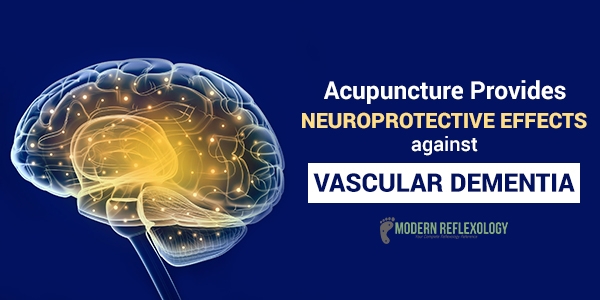
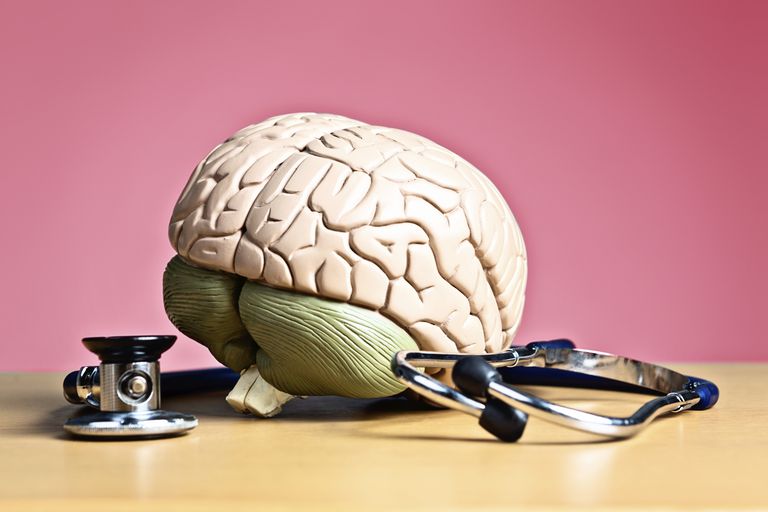
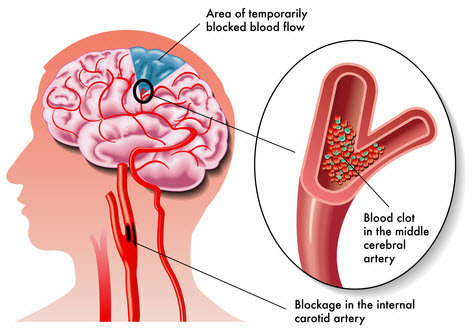
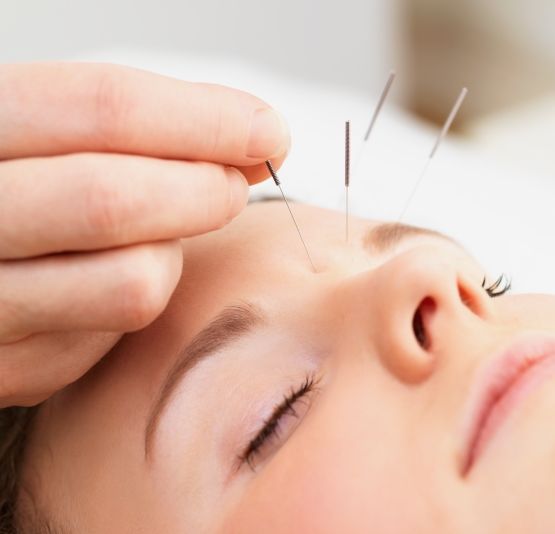
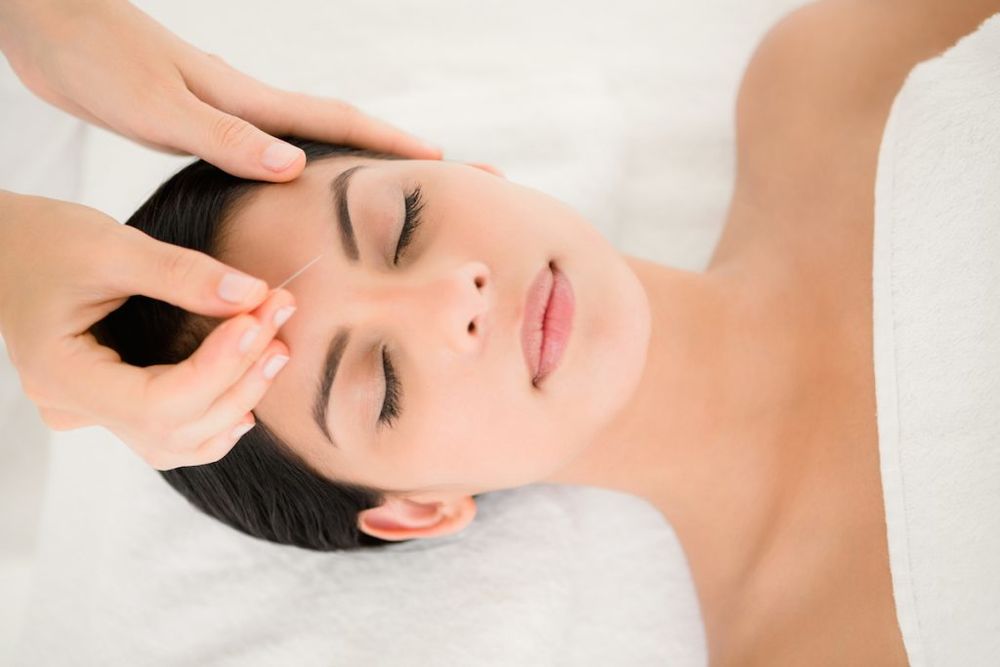

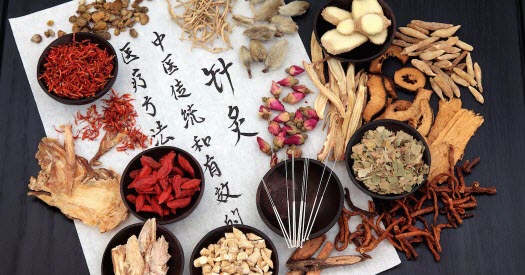
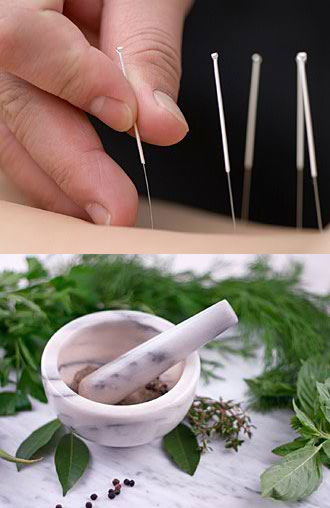

Comments are closed